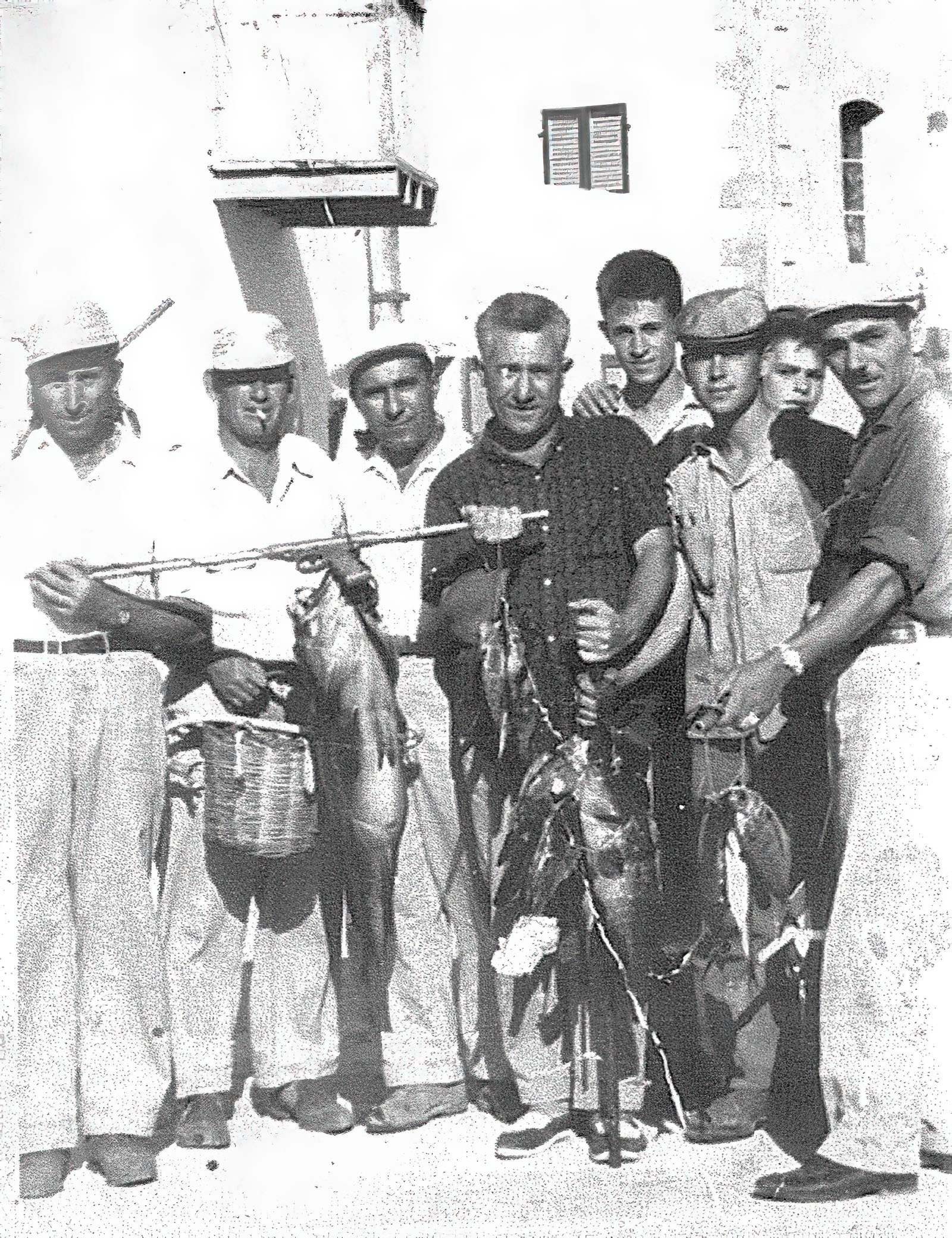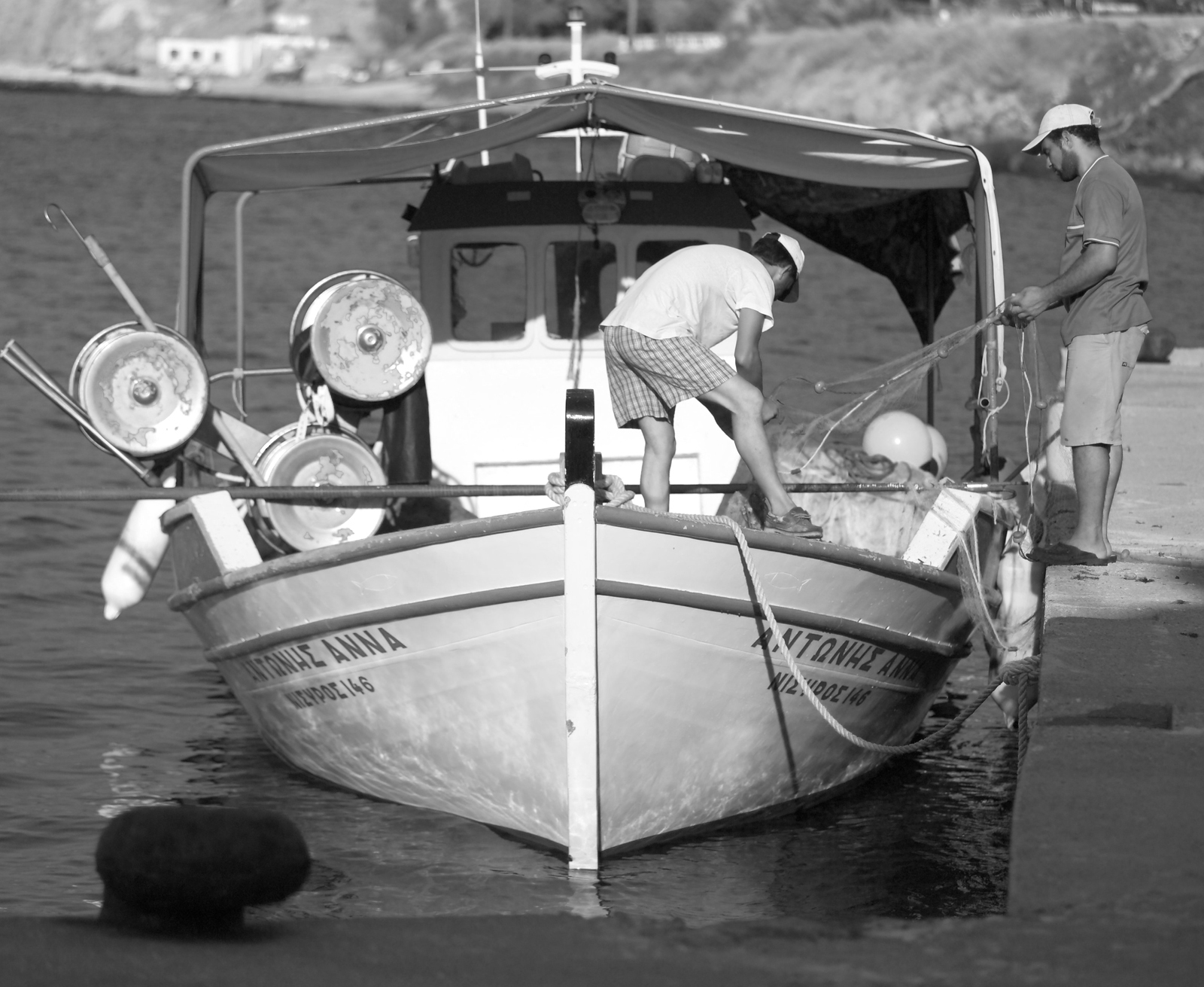Nisyrian
People
The Nisyrian population today approaches about 1,000 permanent inhabitants, distributed into four settlements, Mandraki (capital), Nikia, Emborios and Pali and they are mainly engaged into the two pumice and perlite mines in Yali islet, and in activities related to tourism. Few people are also engaged in agriculture, fishing and raising livestock.
The relatively barren and completely arid land forced many Nisyrians to migrate, during the 18th and 19th centuries, to the then known and thriving centers of Hellenism in the Diaspora, to Constantinople and to the coasts of Asia Minor, Odessa, Romania, and Egypt and on the coasts of North Africa. Later, in Australia, the United States and Canada. A large number of Nisyrians live today in Attica, Rhodes and Kos.
The difficulties of life faced by the Nisyrians of the Diaspora in combination with the rather developed feeling of patriotism, were the main reasons for the establishment of associations and communities in the places of their new residence. Thus there is evidence of such associations of the Nisyrians of Constantinople, from the 19th century and later of Egypt and the USA.
The embroideries created by the women of Nisyros are famous. It is characteristic that in the Victoria and Albert museum in London, three beautiful embroideries of the 19th century from Nisyros are exhibited. The Berlin Museum exhibits eight figurines from Nisyros, which leads us to the conclusion that there were good craftsmen on the island. There is also a local language idiom and as a matter of fact, young people learn it from the older ones.



